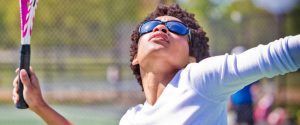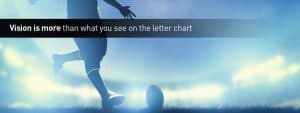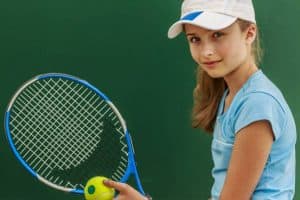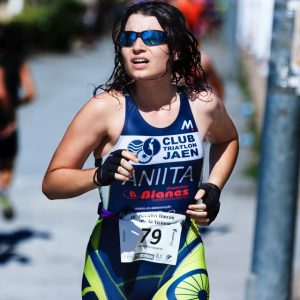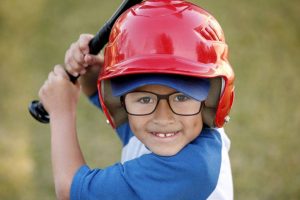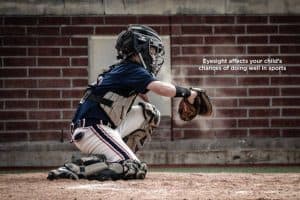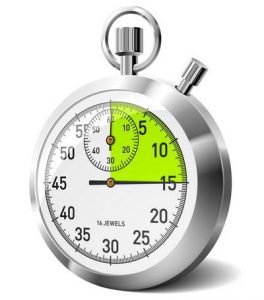High school athletics play an integral part of a teenager’s high school experience and can affect both their personality and social success.
Your optometrist can assess the integrity of your child’s visual skills, and determine which skills need strengthening for optimal sports performance.
Athletic success breeds self confidence in teenagers and sometimes may even lead to an athletic scholarship to a college or university of choice.
Whether your teenager plays organized sports or just enjoys a laid back game with friends, there are certain visual skills that are necessary for optimal sports performance.
If a student lacks the visual skills needed to play a specific sport or excel on a team, not only will their athletic performance be affected, but their social life may be impacted as well.
If you want to improve your child’s sports performance, contact an eye doctor near you, who can discuss how to take their game to the next level.
SEE RELATED: What is Sports Vision?
Essential visual skills for athletic success
Some of the visual skills necessary for athletic success include:
Visual reaction time. The faster the brain processes the visual information coming from your eyes, the quicker you will be able to react in a given situation.
Visual tracking. This skill allows you to accurately track a fast-moving person or object, such as a ball or hockey puck as they move around the court at high speed. Visual tracking also allows you to swing at the ball or make an effective catch with accurate timing.
Binocular vision. Binocular vision is essential for tracking and focusing, and enables you to see clearly and comfortably without eye strain or fatigue.
Depth perception. This skill allows you to identify the exact location and distance of an object or person in your environment, enabling you to move quickly and with precision while reducing your risk of collision.
Hand-eye-body coordination. The ability to coordinate visual information with other motor skills is necessary for accurate throws, hits and passes.
Eye focusing and accommodation. These skills allow you to shift focus from near to distant images quickly and accurately, and enables you to keep your eye on the ball at all times.
Peripheral vision. Your peripheral vision, or your “side” vision allows you to see things from the corner of your eye and is essential for safety during the game and quick steals from opponents.
With sports vision training, young athletes can develop and strengthen the visual skills necessary to improve their confidence and performance on the field.
What is sports vision training?
Sports vision training has gained a respected position in professional sports— Larry Fitzgerald, All-Pro wide receiver of the Arizona Cardinals is among its supporters. However, sports vision training can even be beneficial for high school students, no matter what sports they enjoy.
Sports vision training is a personalized program designed to strengthen the visual skills necessary for practically any sport your teenager enjoys.
Your child can think of their sports vision training as an integral part of their sports training— just as they may go to the gym to strengthen their biceps, triceps and quads, their sports vision trainer can help them to strengthen their eye muscles for improved performance and maximum results.
A vision training session can include the use of specialized lenses, prisms, and eye exercises designed to train and strengthen the eye-brain connections for clearer, more comfortable vision.
Following each session, your optometrist will assign home exercises to reinforce the new skills learned and further strengthen the neural connections.
LEARN MORE: Guide to Sports Vision
If you would like to help your teen gain confidence in their athletic skills, schedule a functional vision evaluation with your optometrist.
Your optometrist can assess the integrity of your child’s visual skills, and determine which skills need strengthening for optimal performance.


